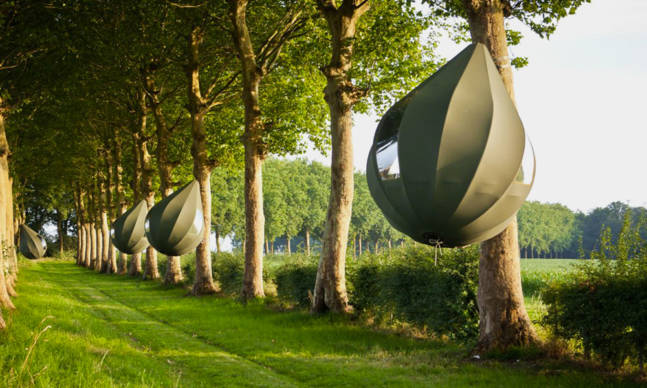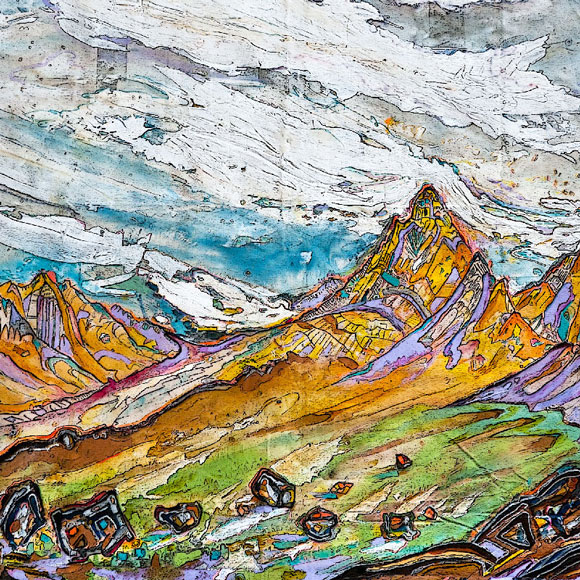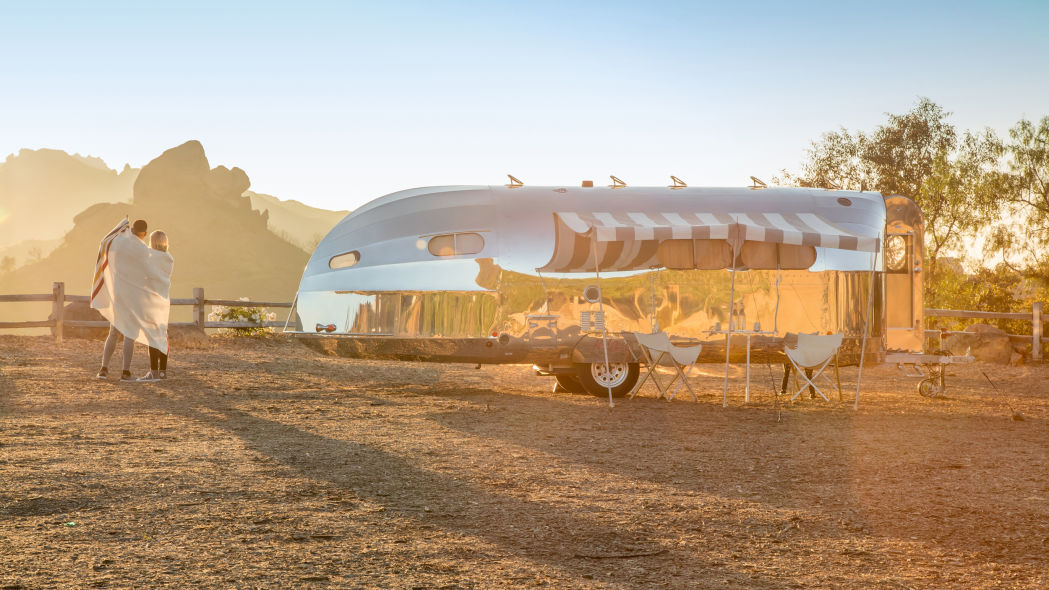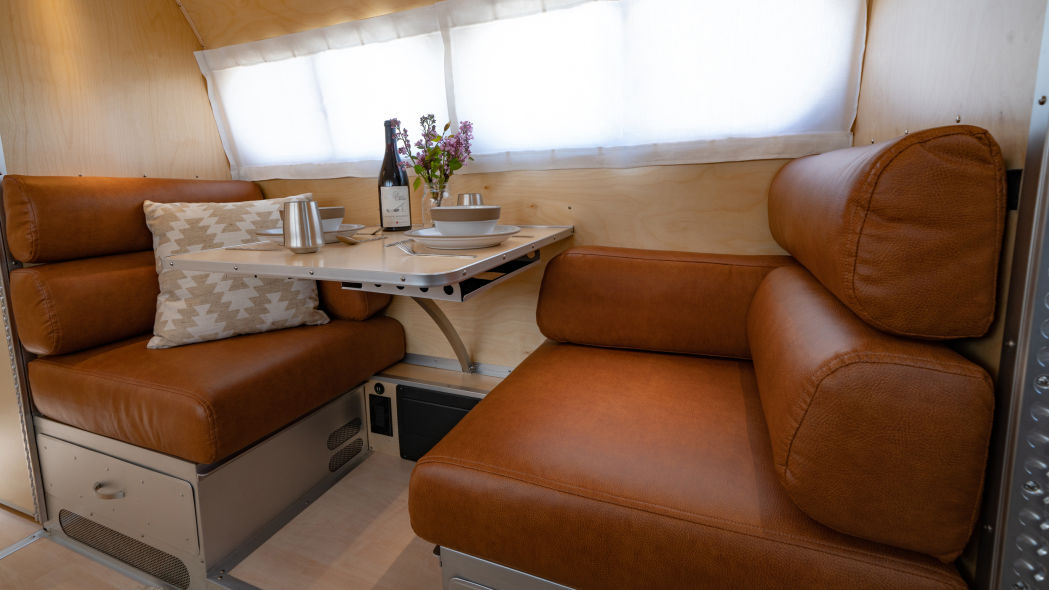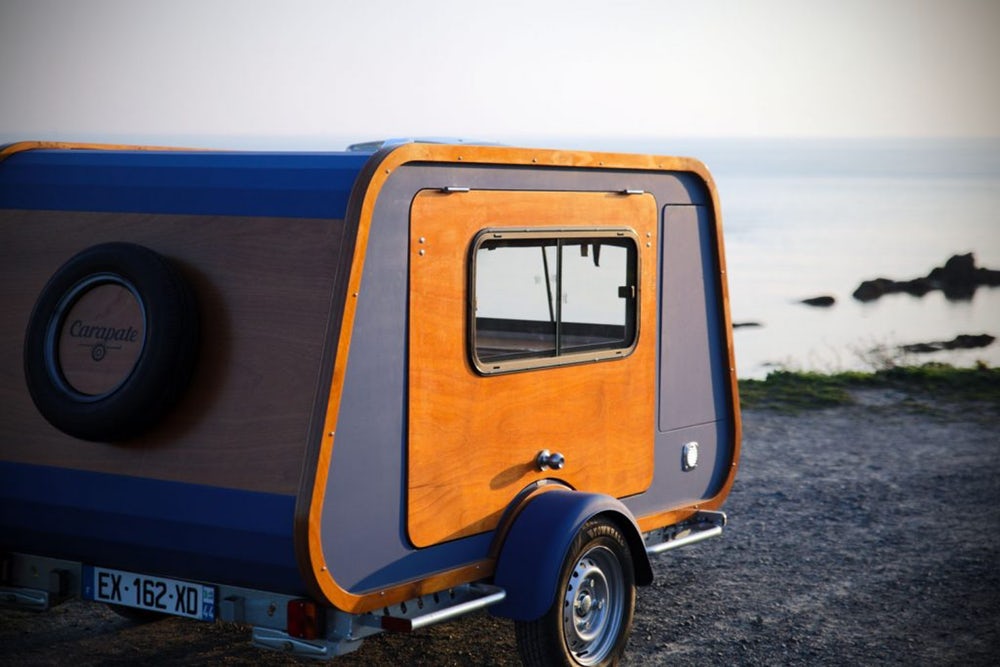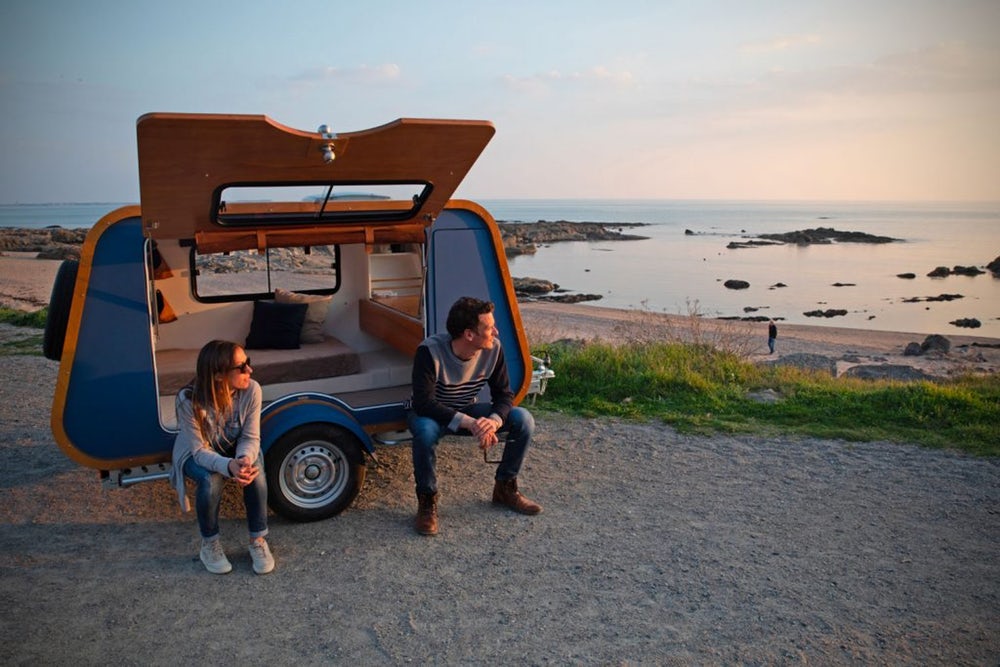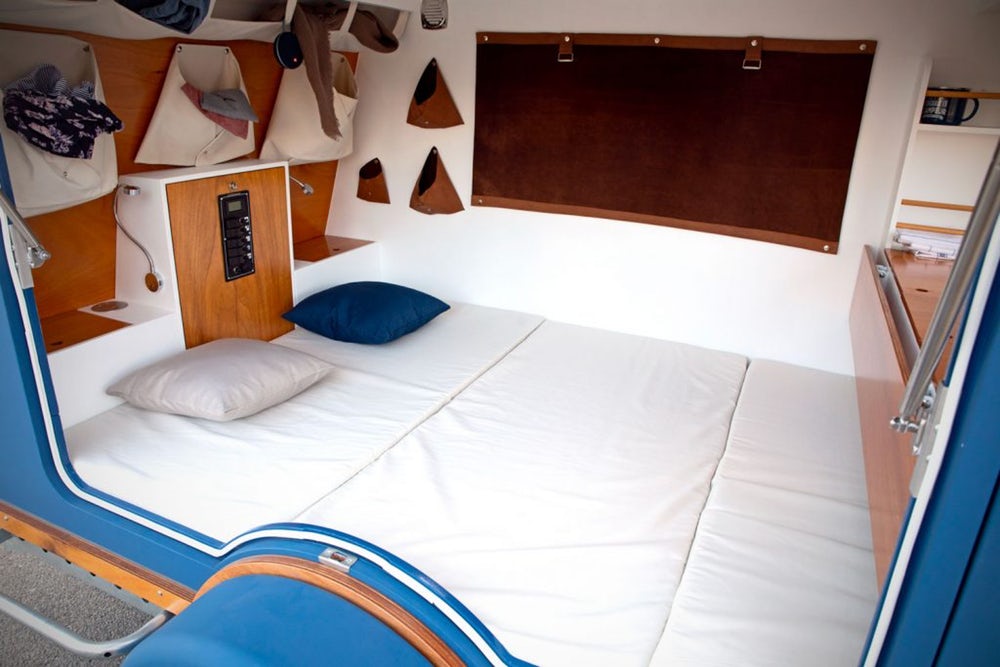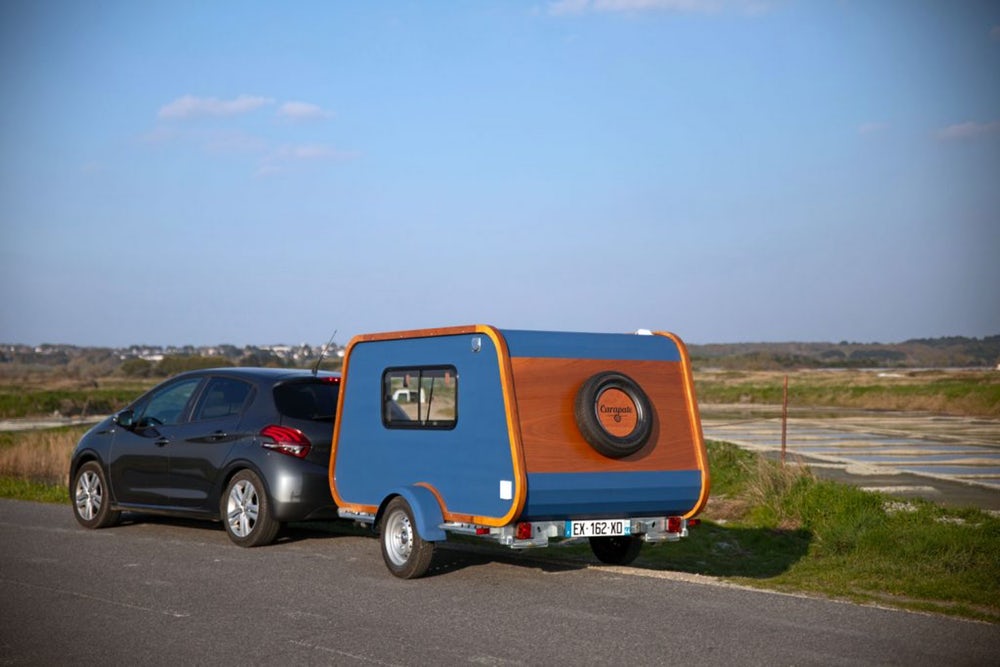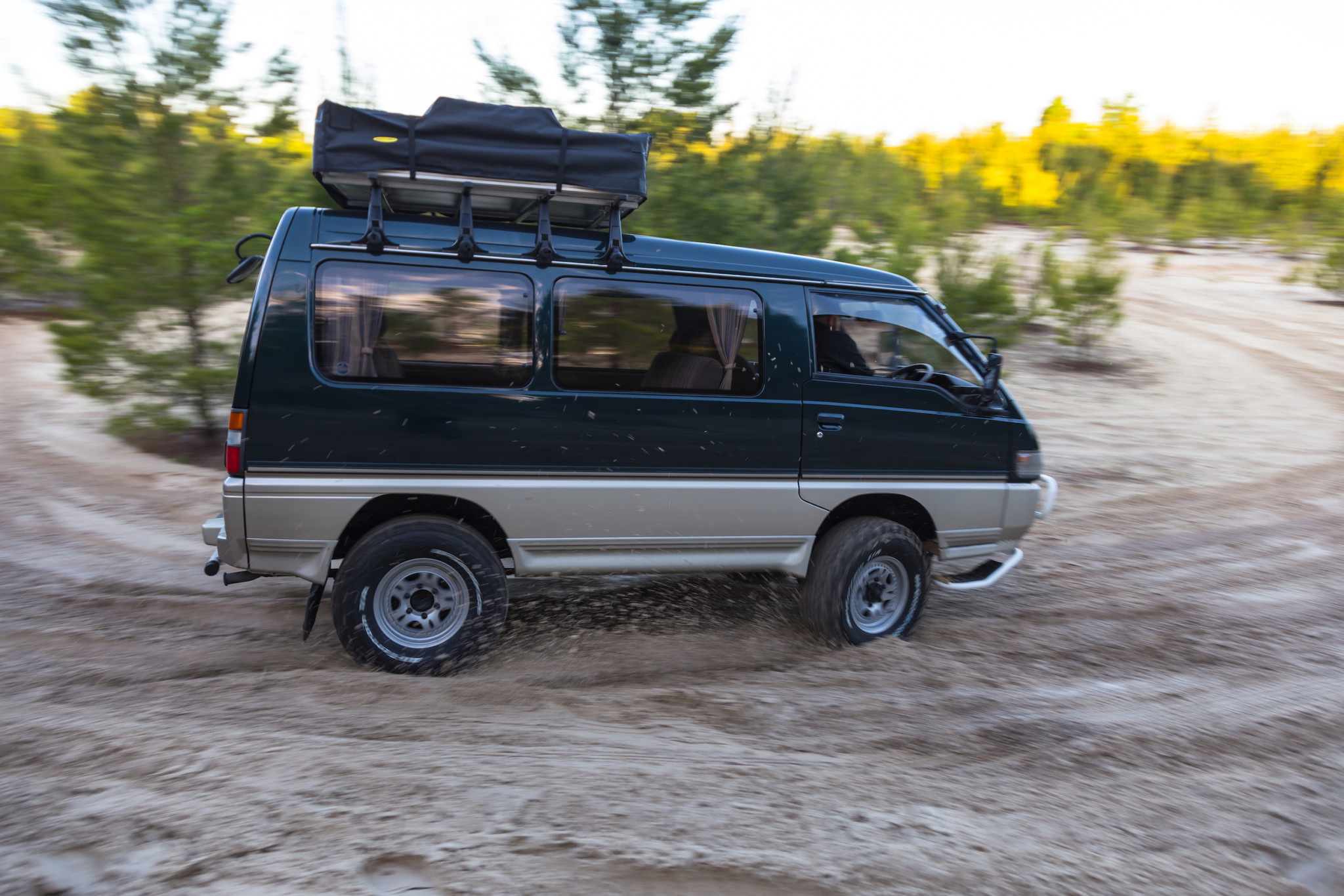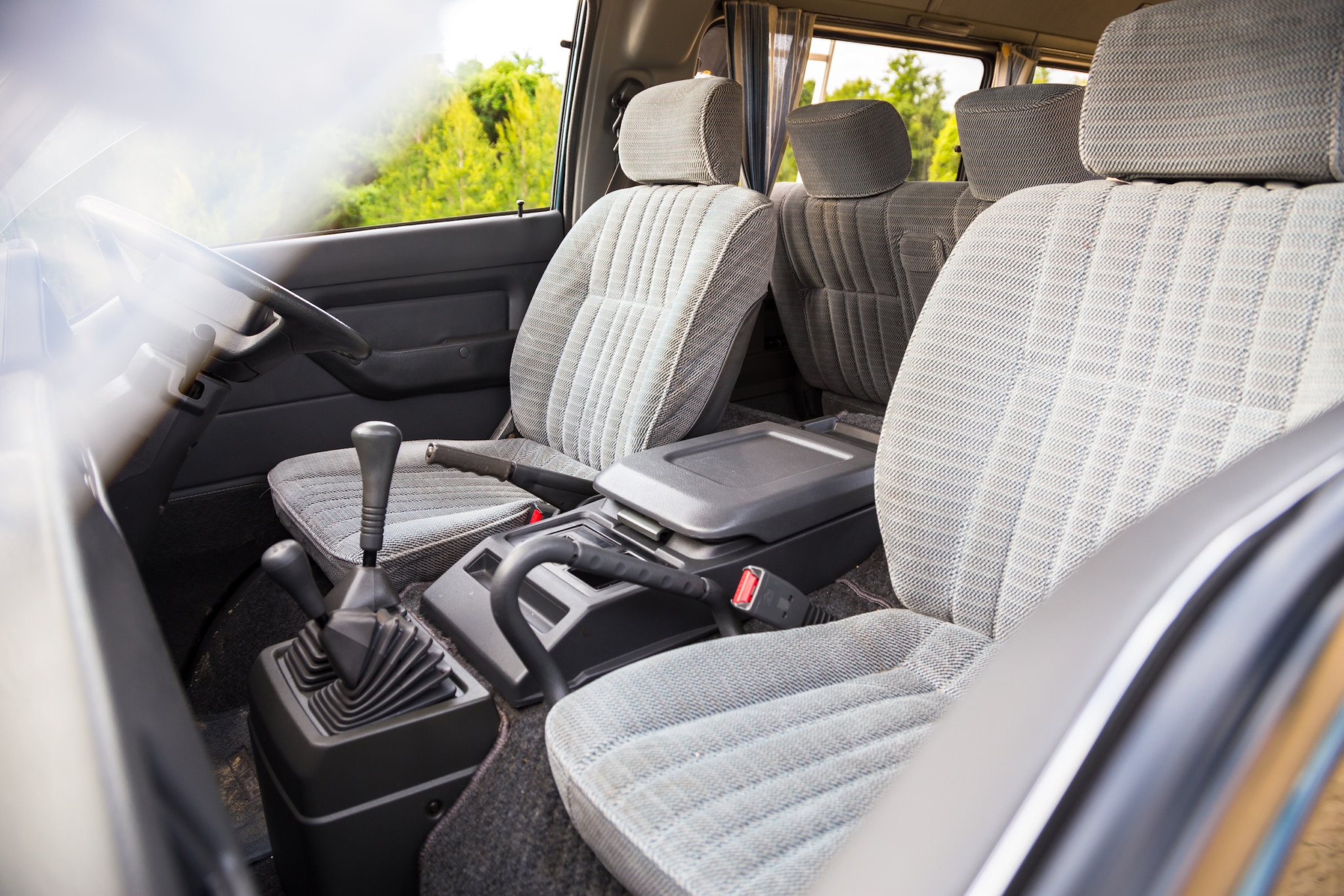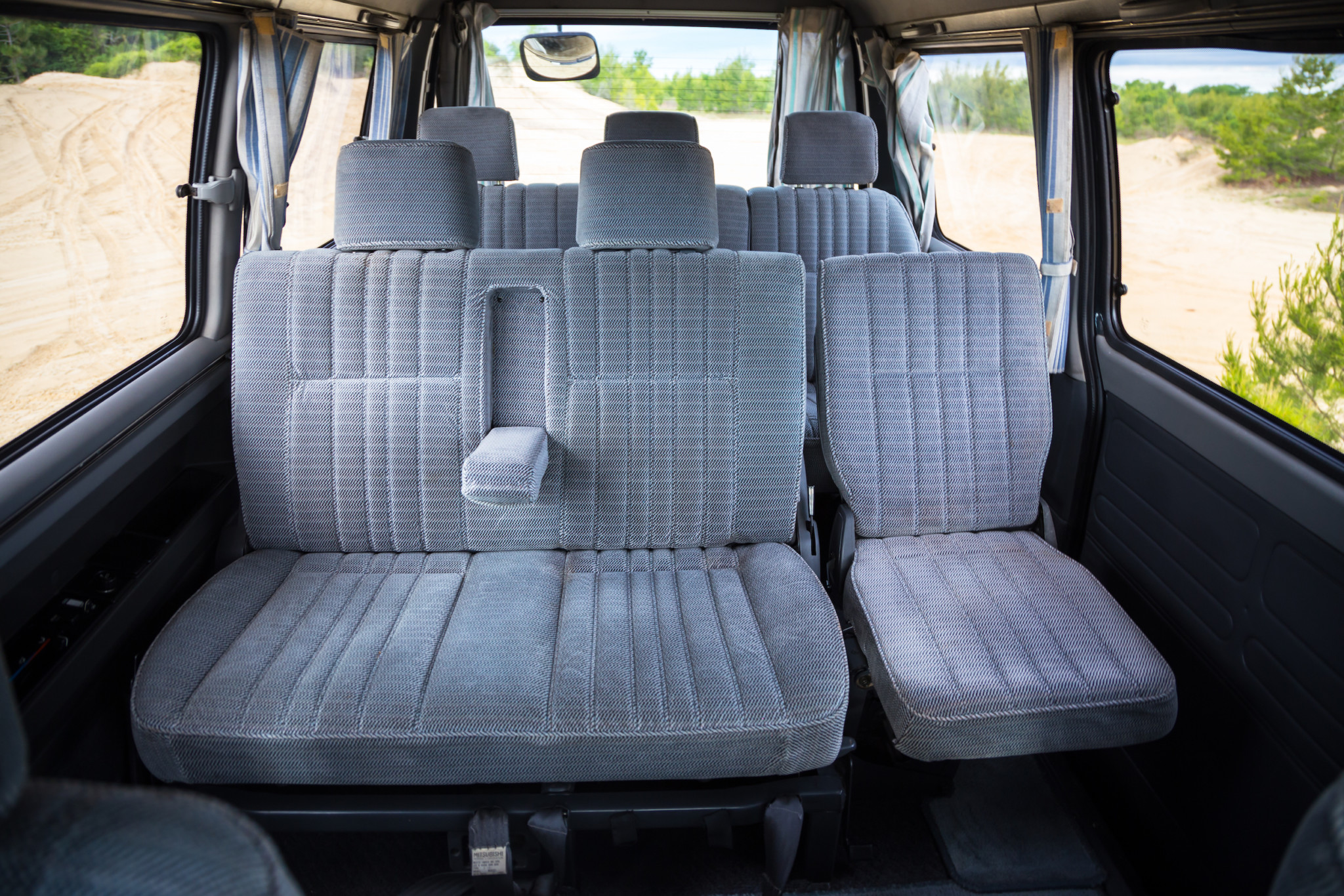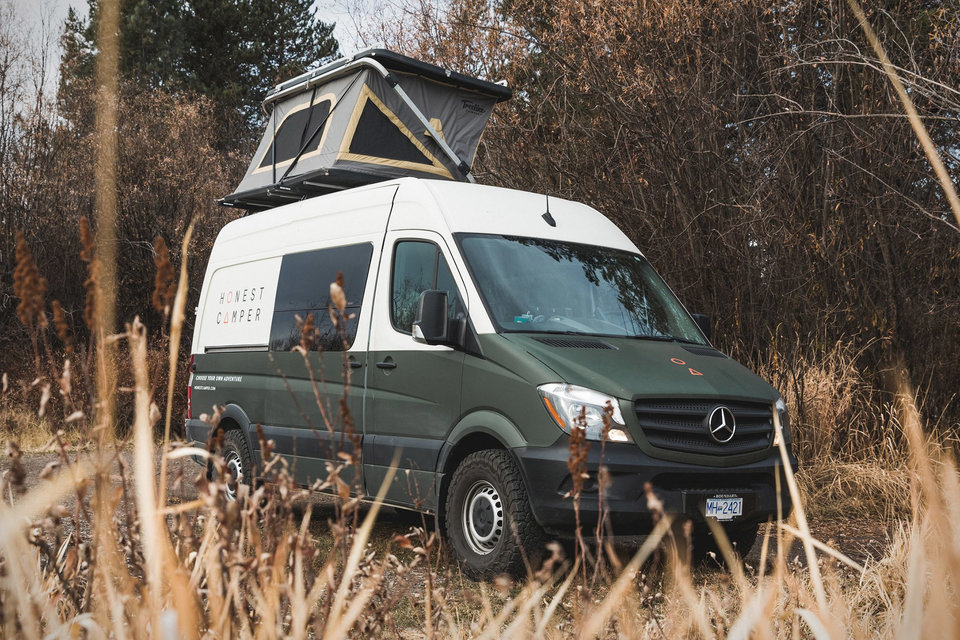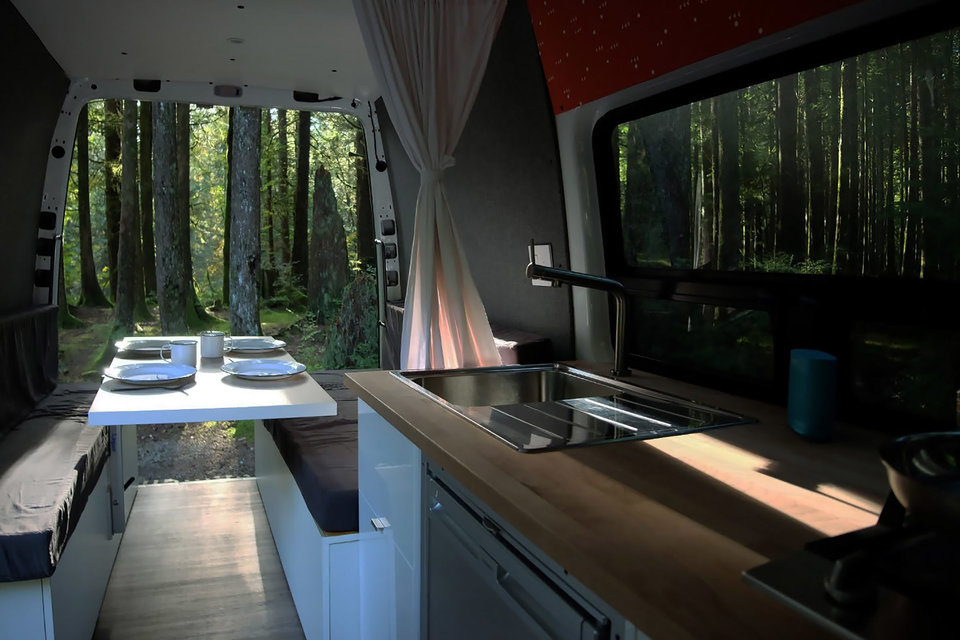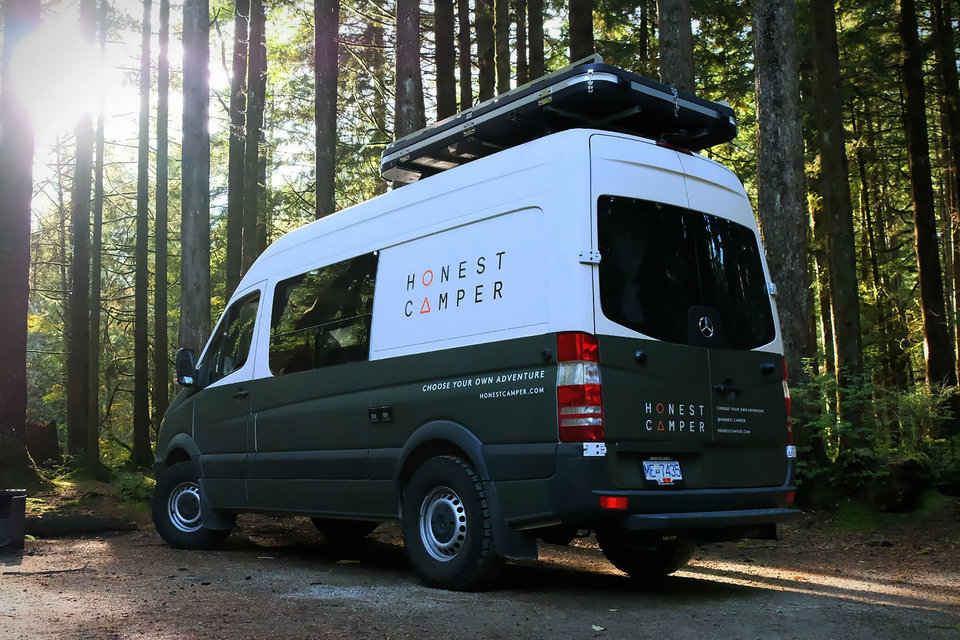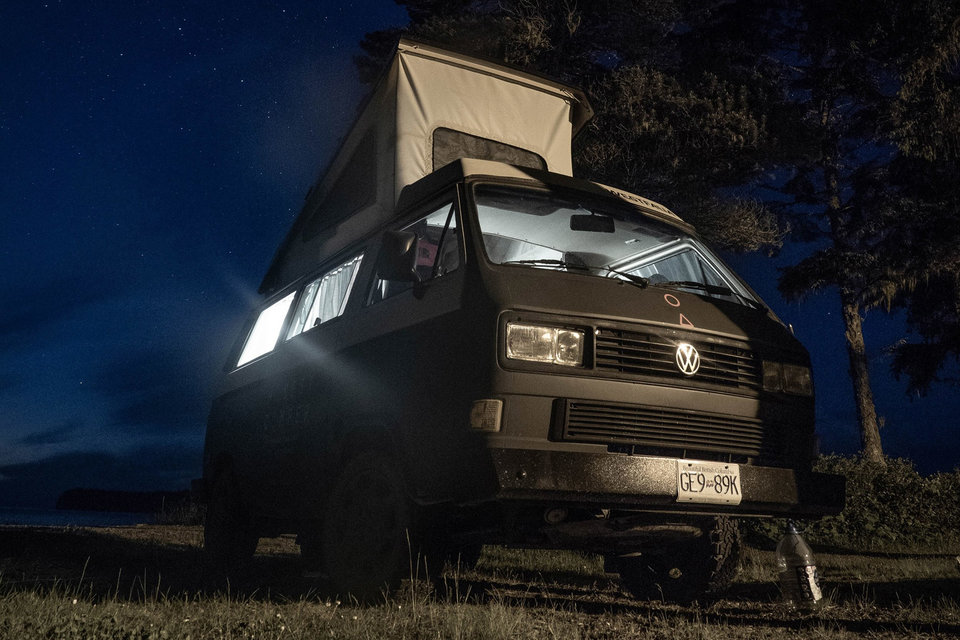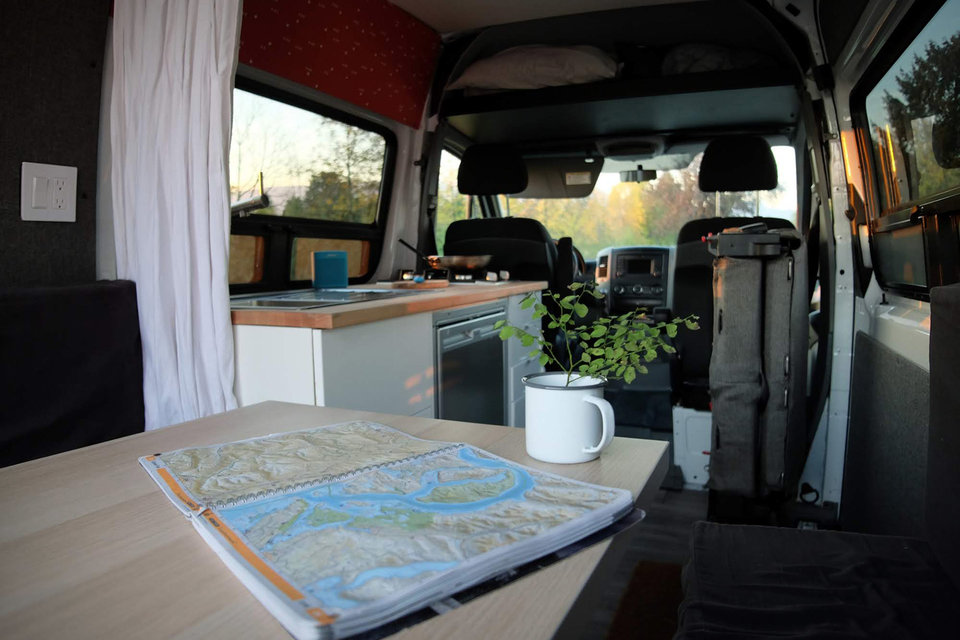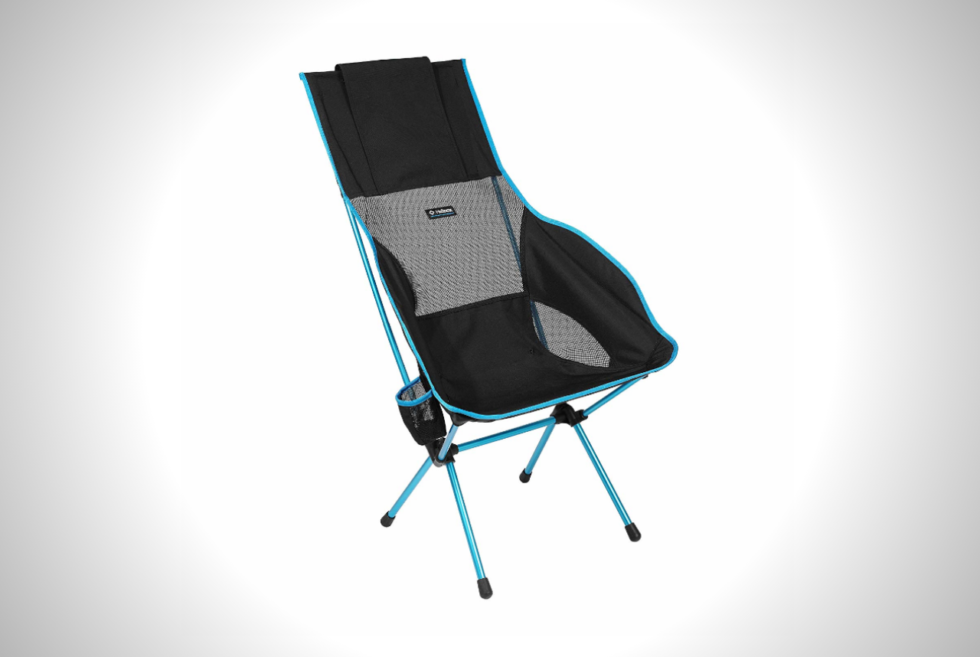Last updated May 2020: We updated our guide to the best coolers available with new picks. Links and prices have also been updated.
Outdoor coolers have the same adventurous spirit as those who carry them. They’re designed to be dropped, beaten, submerged and even attacked by wild animals, all while keeping their contents intact and cold for days. Whether you’re planning on taking one deep-sea fishing, big game hunting, paddling down some Class-5 rapids or simply going to a tailgate, one of these coolers is worthy of the adventure.
The Best Coolers of 2020
Everything You Need to Know About Coolers
Yeti Tundra Haul


Editor’s Pick: Best Hard Cooler
In testing the Yeti Tundra Haul cooler, we were impressed by Yeti’s attention to detail (but then again, we shouldn’t be surprised after putting the Hondo camp chair through a thorough test). Yeti could have simply slapped wheels on a Tundra and called it a day, but it didn’t. It agonized over every aspect of how the wheels and handle would integrate into the design to the point that we were asking ourselves, “Is all of this really necessary?” But it is necessary, and that’s what Yeti is. It designed the handle so that it won’t slam against the hard plastic if you drop it, and the wheels roll so quietly and smoothly that you’ll wonder if it’s actually floating behind you instead of rolling.
Perhaps the most impressive feature (and of course the most important) is how Yeti integrated the wheels into the design. It managed to retain space on the interior of the cooler without too many awkward bumps. Other wheeled coolers on the market fail to do this as sleekly as Yeti, and when you’re moving a cooler this big around consistently, wheels — good wheels — are an essential feature.
Sizes available: One size, fits 45 cans of beer (2:1 ice ratio) or 55 pounds of ice.
Yeti Hopper M30
![]()

Editor’s Pick: Best Soft Cooler
Yeti recently redesigned its shoulder-carry soft cooler, and the improvements are enough to propel it to the top of this list. The M30 has the same wide-mouth opening, but the company ditched the zipper in favor of a feature it calls HydroShield. The tech consists of super-strong magnetic strips that seal it against leaks and make it waterproof from the exterior too. It’s also ridiculously easy to open — especially compared to the old zipper — making obtaining a beverage from inside as efficient as possible. For when you’re on the move, Yeti included two quick-release buckles that provide extra security.
Sizes available: One size, fits 20 cans of beer (2:1 ice ratio) or 28 pounds of ice
Igloo 70-Quart MaxCold Cooler
![]()

Best Budget Cooler
Don’t have stacks of cash to shell out for a rotomolded ice chest? That’s understandable, and you can still get a great cooler for a lot less, like this 70-quart model from Igloo’s MaxCold series. The sacrifices you’ll make in choosing this cooler are mostly in durability and cold retention, and there’s no latch to keep the lid locked down, but it is much lighter and offers far more interior space. If you don’t anticipate putting your cooler through the wringer and only need it to remain icy for a day or two, this is the perfect option.
Sizes available: 40 with wheels, 50, 70, 100 quarts
Igloo Recool Cooler
![]()

Best Disposable Cooler
At $10, Igloo’s Recool is by far the cheapest cooler on our list. Its 16-quart capacity is small — ideal for a day trip but probably not an overnight — too. Also, while every other cooler here is nigh indestructible, the Recool is markedly destructible; it’s made of molded pulp that’s biodegradable.
The Recool doesn’t aim to replace Yetis or OtterBoxes anyway; it replaces those cheap styrofoam coolers you buy last minute at a gas station or grocery store before heading to the beach or a music festival. Igloo claims the Recool is strong enough to carry 75 pounds (I flipped ours over to stand on it, and it didn’t buckle) and that it’ll keep ice frozen for up to 12 hours and hold water without leaking for five days. Our tests confirmed these claims (although the bottom did leak very slightly after roughly 20 hours), and even after leaving water in it for over a week, we were still able to dry it out and use it again.
Sizes available: 16 quarts
RTIC Cooler
![]()

Best Yeti Alternative
While many rotomolded coolers are similar in construction, ice retention, sizing and even looks, there isn’t much to differentiate between them beyond price. RTIC knows that and has staked its place as the go-to brand for saving some cash without sacrificing quality. Compared to Yeti’s Tundra hard coolers, RTIC’s run roughly $100 cheaper in similar sizes. While they don’t retain temperature quite as well, they’re perfectly capable of keeping their cool, and taking a beating when necessary (these might not be differences you’ll notice, especially with the extra dollars in your pocket).
Sizes available: 20, 45, 65, 110, 145
RovR RollR


Best All-in-One Cooler
When RovR brought its RollR coolers to Kickstarter, it optimistically promised: “the most feature-packed cooler ever!” That upbeat attitude worked, because 580 backers funded the project with more than $100k beyond its asking goal.
While many of the other hard coolers on this list all seem to be emulating Yeti (there’s a reason we keep mentioning the brand), the RollR is unique. Its shape is boxier, its finish is shinier and its interior is wholly novel. The inside is stepped to accommodate the axle supporting its built-in wheels, but RovR has worked that potential flaw into the design, using the cavity to create a slot for its removable dry storage container. It claims to keep ice frozen for ten days, a duration that has become industry standard, with the rotomolded construction.
The RollR, like OtterBox’s Venture (more on that below), earns its rank due to its potential for customization. The dry storage is a great organization feature that makes packing for a multi-day camping trip compact and organized. The RollR also can hold a prep board, cup holder and other small accessories. One unique add-on is a collapsible bin that sits on top of the cooler when closed, which can hold things like beach towels, clothing or any other supplies that are easier rolled than carried. The RollR also can rig up behind a bicycle with an extra attachment.
Those looking for specific use options will probably opt for less customization, more space and a lighter package; the RollR is comparatively heavy. But it’s also a great cooler that opts for fun instead of intensity, and stands up to the rest of this list all the same.
Sizes available: 60, 80, 85 quarts
OtterBox Venture Cooler


Best Upgradeable Cooler
OtterBox’s move into the cooler category began with the release of the Venture series. It may come as a surprise to those who recognize the brand from its domination of Best Buy’s phone case racks, but among the company’s first products were protective dry boxes.
Does tech protection translate into making coolers? As it turns out, it does. OtterBox integrated rugged injection-molding and high-grade cooling technologies into its first cooler and brought the Venture straight to the front of the pack. The Venture comes in 25-, 45- and 65-quart sizes and is rated to hold ice for up to two weeks. More minute details include anti-slip rubber feet and a bottom that’s slanted just enough to make draining easier. Plus, as you’d expect from OtterBox, this thing has been dropped from every angle and on every side to ensure that it can’t be damaged, empty or full.
The Venture separates itself from the rest with an array of customizable, modular attachments. Its front has two clips that can hold a bottle opener, cup holder or one of those dry boxes I mentioned earlier. Inside, the cooler can be arranged with separators to create compartments for wet and dry goods, and it can also take on a cutting board and side table. This system sets up the Venture for future success by allowing OtterBox to continue to release components that will increase its utility. Case in point: OtterBox recently revealed its All-Terrain Wheels chassis (pictured above), a $250 add-on that makes the Venture immediately more portable — and you can always detach it later for, say, a rafting trip. The Venture may be slightly less sleek than some of the other hard coolers on this list, but it stands up to all the standards of rugged durability and, of course, keeping things cold.
Sizes available: 25, 45, 65 quarts
Hydro Flask Unbound Cooler Pack


Best Cooler Backpack
Hydro Flask’s success in creating insulated water bottles that look great and work to keep beverages cold (or hot) for extended periods of time signals that the brand has a particular knack for insulation. Getting into the cooler category was a logical next step, and its Unbound Series matches its drinking vessels in both style and function.
Hydro Flask’s Cooler Pack is, without question, the prettiest soft cooler of the group that we tested. It’s sleek, with exterior pockets for things like keys or a wallet that don’t impede its design or add unneeded bulk. The cooler uses a watertight construction that keeps water in and out with an Aquaseal zipper and is equipped with an FDA-approved, food-grade liner and enough soft insulation to keeps contents cool for up to 48 hours. It has a 22-liter capacity — or enough space for 24 cans.
Because it’s a backpack, the Unbound can’t merely look good; it has to be comfortable enough to wear, fully loaded, on jaunts that are too long to haul something bigger. We found this to be the case, though you won’t want to wear it on extra-long treks; stick to trips to the beach and park or shorter hikes.
Sizes available: 22 liters
IceMule Coolers Boss


Best Feature-Loaded Cooler Backpack
Weighing in at 7.5 pounds, this cooler is disguised as a backpack, with plenty of storage to go with it. The cooler performs surprisingly well thanks to a three-centimeter closed-cell PolarLayer XT insulation foam. The suspension system used to carry it makes it a comfortable carry whether you’re hiking into the perfect camp spot or just going from the house to your car. Reviewers love the waterproof pockets and the near-unlimited amount of food this backpack can handle. In terms of price, it’s right in the middle of Hydro Flask and Yeti’s soft side coolers and performs on par with those heavy hitters, but comes with lots of extra pockets to make carrying the rest of your gear more feasible.
Sizes available: 31.7 quarts
Yeti Hopper Flip


Best Small Cooler
Yeti is the king of rugged coolers, and when the brand launched the Hopper Flip 8 in 2016, it brought that title to a new category: lunchboxes. Now the company makes actual lunch boxes, but the Hopper still fills a need to carry and keep small amounts of food and beverages cool. It comes in various sizes — small, medium, large and backpack. (The backpack is great for jaunts that might include a hike.) Between the group of them, there’s definitely a Goldilocks-approved size for whatever your needs are. One Gear Patrol editor is even been known to bring one on backpacking trips to keep perishables cold in the backcountry. You take a weight penalty, but it’s well worth it.
Sizes available: 8, 12, 18
Related Video: Yeti LoadOut GoBox 30 First Look
Watch more of This Week In Gear video reviews.
Everything You Need to Know About Coolers
What Is a Rotomolded Cooler?
There’s a reason why so many of the coolers created today are tougher, heavier and more expensive than the Igloo Playmate you may have carried around in years past. The update is primarily due to a manufacturing process called rotational molding, or more commonly, rotomolding.
In rotomolding, a heated mold is filled with powdered plastic material. The mold rotates on two axes as it heats the plastic until it is completely melted and fills every cavity within the hollow mold. The constant rotation helps the plastic resin spread evenly and consistently throughout. The result is a single-piece plastic cast of the desired shape that’s free of any imperfections. Rotomolding contributes to all of the traits that represent the current level of quality in today’s coolers, most importantly rugged durability and superior ice retention.
How To Pick the Right Cooler Size
Hmm… 20-, 30-, 40-quart — knowing what each size cooler can hold can be tricky. While the shape makes a difference, especially in the soft-sided coolers, here’s what we tended to see. A 70-quart size tends to be the most family-friendly, and the smaller soft-sided coolers are perhaps better for a tailgate or drinks for a group. Keep in mind, the larger the cooler, the heavier it will be, especially when filled with food and drink. If you’re traveling with friends or family, that’s not a problem. Here’s what we gathered as general guidelines after our research. Most of the brands measure the capacity at a two-to-one ratio, meaning two parts ice, one part can, but some don’t. So take measurements with a grain of salt.
20 Quart: holds roughly 16 cans or 20 pounds of ice
35 Quart: holds roughly 21 cans or 26 pounds of ice
50 Quart: holds roughly 35 cans or 43 pounds of ice; ideal for two people for a few days
75 Quart: holds roughly 57 cans or 70 pounds of ice; ideal for two people for a week-long trip, or a family weekend trip
How To Get the Most Out of Your Cooler
In order to get the most out of your cooler, make sure to pre-chill it for 24 hours before you pack it up and head out. Pre-chilling involves adding ice to your cooler to bring the internal temperature of the cooler down. When you’re ready to pack the cooler the following day, dump the ice you added for pre-chill and add new ice to the cooler. The new ice will stay frozen longer and will give you extended performance in the realm of cold retention.
How To Pack Your Cooler Correctly
The truth is, you can pack these coolers in virtually any configuration and they will all still perform far and above what you’ve used up to this point. But to get the best ice retention possible, keep the following easy tips and tricks in mind.
Line the bottom of your cooler with ice. Putting a layer of ice on the bottom of your cooler will keep the ice colder longer and also keeps it away from the least-insulated part of the cooler, the lid.
Fill your cooler with solid blocks of ice if possible. Solid blocks of ice stay frozen longer than ice cubes.
Fill the gaps with ice cubes. Pour a bag’s worth of ice cubes on top of your ice blocks to fill any gaps or holes.
Add your food, beer or both. Lay out your supplies in a manner that makes sense. In other words, don’t just toss everything in. Keep your morning meals on one side and your evening meals on the other side. This will ensure that you spend minimal time with the cooler open (allowing hot air inside).
Fill the rest of the cooler with ice cubes or ice packs. Top off with some additional ice and you’re good to go. To keep it chilled as long as possible, only open the cooler when absolutely necessary.
Note: Purchasing products through our links may earn us a portion of the sale, which supports our editorial team’s mission. Learn more here.


